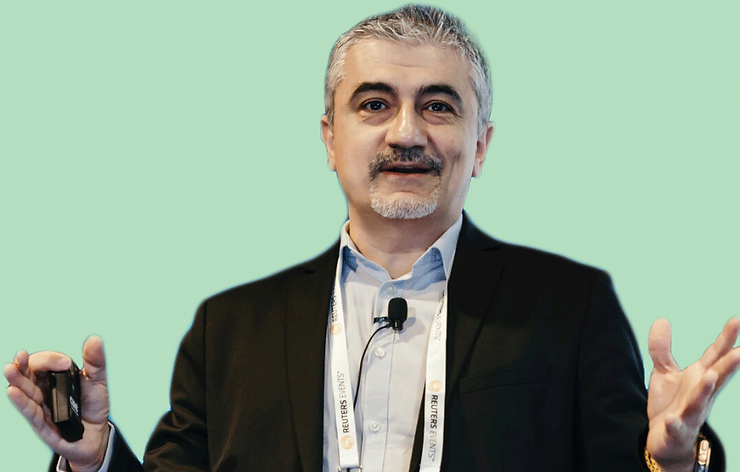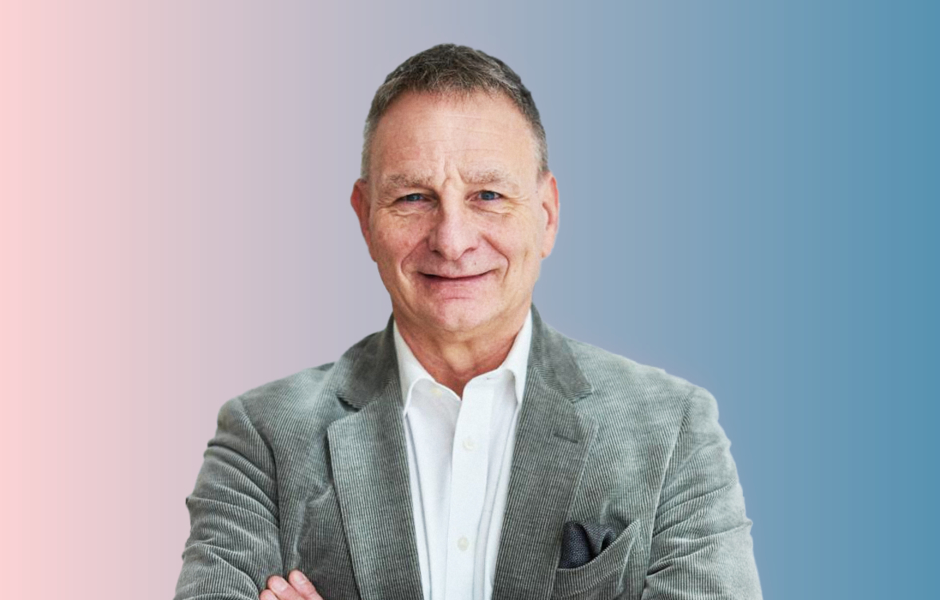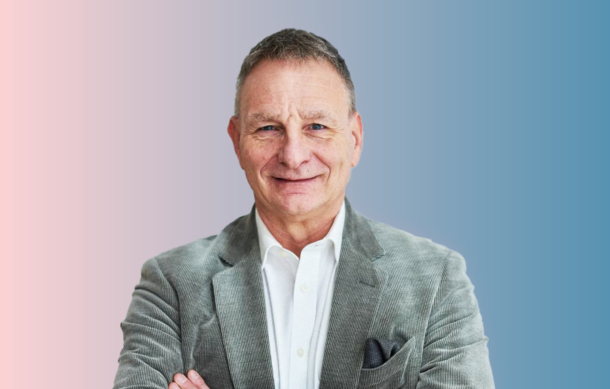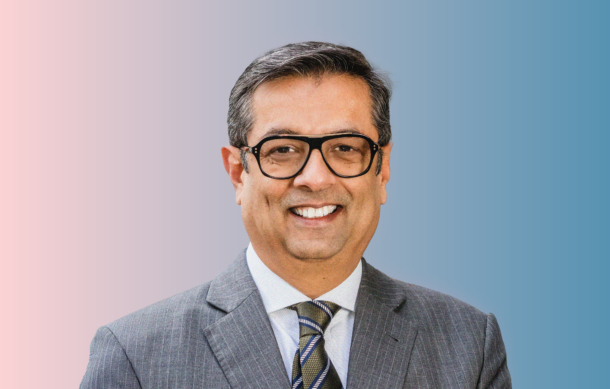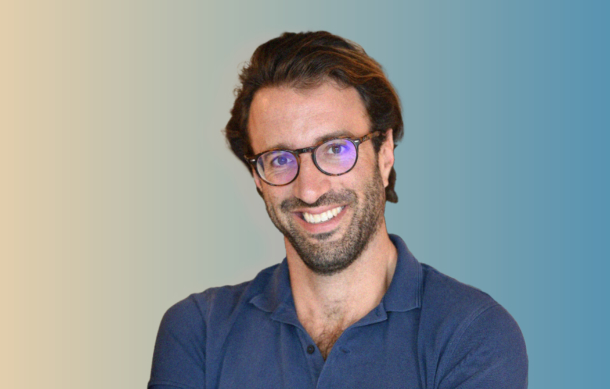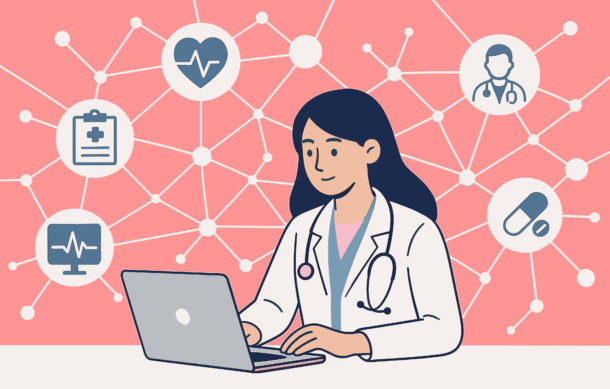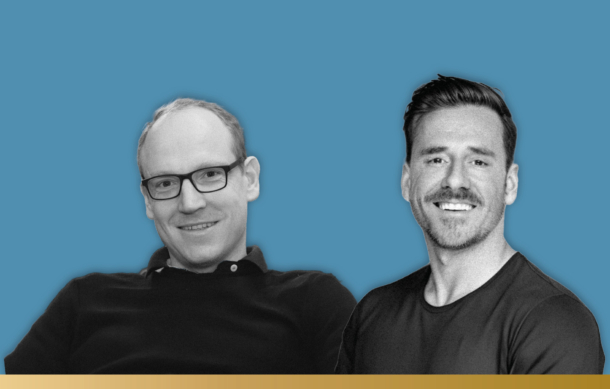Karen Pinachyan, Head of Medical Affairs for Europe, CSL Behring, talks to Isabel O’Brien about the power of personalised medicine, overhauling healthcare and why it is key to know your own mind
Interview by Isabel O’Brien
Karen Pinachyan is one of the few GOLD interviewees I had met in real-life before I interviewed them. The last few years have been dominated by e-meets and e-intros, so it made a nice change to meet our latest Catalyst in person. We crossed paths at a conference in April 2023. After a brief exchange, we realised that I was off to his talk next.
His presentation was called ‘Collaboration is Key’, and this is a theme that runs throughout his conversation with me. At the conference, he was focused on how industry and patients can collaborate to expand the availability of data. Here, he explores how collaboration will underpin the future of healthcare systems, gene therapy and personalised medicine.
As Head of Medical Affairs for Europe at CSL Behring, Karen oversees a diverse portfolio, including several drugs for rare and life-threatening diseases, so these topics are his forte. When I ask him what gets him up in the morning, he says: “There is always an opportunity of learning something new. I’m excited by that as I’m a very curious person.” For Karen, the opportunity to learn is a key part of the attraction, but as is driving impact at scale.
“It is the combination of everyday learning but also the opportunity of, and it may sound a bit big, but shaping the future of healthcare,” he continues. It is a big ambition, but one that shines through as he answers my questions virtually on a June afternoon.
What inspired you to pursue a career in the pharmaceutical industry?
It was a combination of two factors: theoretical thinking and a trigger. You can have a thought but without a trigger nothing happens, or if you have a trigger but you’re not ready for it, you don’t go for it. And there was a moment when it all came together for me.
When I was working in a hospital in Marseille, I thought it might be interesting for me to combine science, patients, care and communication in my work. I also knew that I didn’t want to spend my whole life in one place. My family is French-Armenian and the Armenian people have immigrated all over the world, so I wanted a more international experience.
In addition, I’ve always wanted to improve health on a larger scale than individual patients. Face-to-face consultations are great and inspire me, but it’s about changing one thing at a time. I wanted to be part of big projects that would affect thousands or millions of people.
The trigger came when I started training to be a clinical trial investigator. At one session, I asked the team if there was a study I could take part in as a healthy volunteer. If I was going to be an investigator, I wanted to experience what the patient would experience. This stood out to them and it led me to develop a relationship with the clinical team at the university.
A few years later, one of the professors got in touch to say they were starting a biotech and asked if I would like to join them. I said I didn’t know much about this, but he said that didn’t matter as no one did as it was a rare disease. That was the trigger for my jump into industry.
You can have a thought but without a trigger nothing happens
What is the biggest challenge you are facing in your role today?
I will try to reframe that and say that I think every challenge is always an opportunity. So, the biggest opportunity is how cross-functional medical affairs teams have to work today.
I’m a big advocate of medical affairs teams that connect the dots between research and commercial organisations, but especially those that do so between all the functions. However, it can be challenging to be in the middle of everything. We have to orchestrate different functions to create value for patients, physicians, healthcare systems, the company and the industry ecosystem in a way that not all other departments have to do.
How can the industry shift the care paradigm towards personalised medicine?
So, we’re in a situation where there are more and more personalised treatments, and in the future patients will have many different therapeutic options, even for rare diseases. For example, a patient will be able to choose an intravenous treatment, a subcutaneous treatment or an oral treatment. They will also be able to choose a one-time treatment, an on-demand treatment or a once-in-a-lifetime treatment such as gene therapy.
As more options become available, the focus on understanding the granular details of the patient journey and patient-driven decisions will become increasingly important. The industry needs to understand that the patient will be in the driving seat more than ever before. Enabling patient-driven healthcare is a major pillar of personalised medicine.
Not only that, but the industry will need to generate data at a more granular level. It will need to tailor its offering to different types of patient populations. You may have a welder working on the docks or a professor of medicine with the same disease, and their level of medical understanding and the support they need is likely to be very different. So, understanding that there won’t be one single type of patient will also be key in customising this offering.
We will also have to cater to different patient and physician preferences. Some are willing to consume information through digital technology. Some prefer more traditional channels. We need to let personalised medicine help us to understand that every activity should be customised, so you end up with personalised healthcare journeys for everyone.
Patient-driven healthcare is a major pillar of personalised medicine
How are developments in gene therapy transforming relationships between industry, patients and healthcare professionals?
We are at the beginning, so I think it is more of a question of how this will change. I see tricky elements because gene therapies are so different compared to traditional treatments.
First of all, we cannot function with the previous model, which was the industry producing drugs, delivering them to healthcare systems, and then hospitals and physicians deciding how to use them. In gene therapy, there is a different patient and product journey. There is more preparation and administration required. We need to build this new approach together and be ongoing external partners to healthcare ecosystems.
The second part is about patient and shared decision making. Shared decision making has been around in healthcare for many years, for example in lifelong diabetes management, but I think it’s even more important in gene therapy. This is for a very simple reason: you can’t undo gene therapy. Any other drug you can stop taking. There may be side effects, but gene therapy is much more permanent.
The third element that will be different in this relationship is the timeframe. In the past, long-term data for traditional drugs would have been two to three years, and five years would have been considered a very long study. With gene therapy, because it will have lifelong effects, people would like to have data on the effects in 15 to 40 years time.
The European authorities have recently asked for long-term follow-up data 15 years after the administration of gene therapy, not because of a specific problem, but because there is this perception of the unknown in gene therapy. So, how will the relationship change? Industry, healthcare systems and patients will have to work closer together for much, much longer.
How can industry and healthcare systems develop a more mutually beneficial relationship that puts patients first?
There is not a simple answer to that question. The first element is understanding that patient centricity is not only a stated goal but also something that makes sense from a healthcare system perspective. Being patient centric has value for healthcare systems, even beyond any ethical or other considerations. It’s also really commercially beneficial for industry. So, both parties need to uncover those mutual interests.
To give you an example, before I joined the industry, I did a Masters in Management. During our negotiation training, the professor pretended to be a buyer for a very large supermarket chain and asked us to look at our partner’s interests. He said the key was to start the discussion by saying ‘What do you want me to buy from you today?’ Focusing on a partner’s interests can help you to find mutual interests, which industry and health systems have in many places.
In the case of gene therapy, or any treatment that brings significant value to under-treated patients with life-threatening or debilitating diseases, it’s about not just focusing on the costs on the one hand and benefits on the other. Rather, it’s about bringing those two elements together as an overarching pillar of value.
What is one thing you do each day to bring positivity into your life, whether it’s a ritual, habit, or mindset?
I’m not a very ritualistic person myself, but I think there are things that keep me going. I wouldn’t say my ultimate goal is to stay zen, because sometimes you don’t want to be zen because you want to be excited about something. And that is part of the rewarding experience of knowing that you are shaping the future of healthcare.
The elements that I try to keep in mind are, first of all, to know yourself. I have lived with myself for the last 45 years, so I try to learn as much as I can about myself. Part of that self-awareness is knowing what brings you energy and knowing how you react in different situations. Self-awareness helps you play to your strengths and make better choices.
For example, meetings with patients, doctors and clients give me energy. Long virtual meetings or a workshop on an individual level can take away my energy. So, I try to ensure to balance these activities to keep my energy levels up.
Thirdly, when I know my body is tired, I like to take a very short, cold shower. But I can’t do this all the time. It’s often easier to get a coffee in an office than to take a five-minute shower!
If you would like to hear some live snippets of this interview with Karen Pinachyan, you can listen to the podcast episode he was featured in here.

